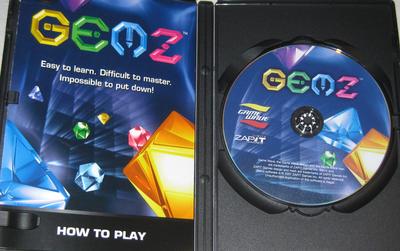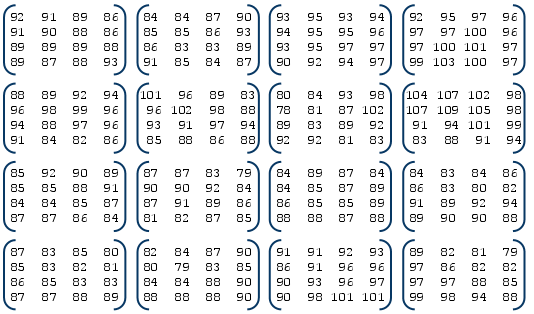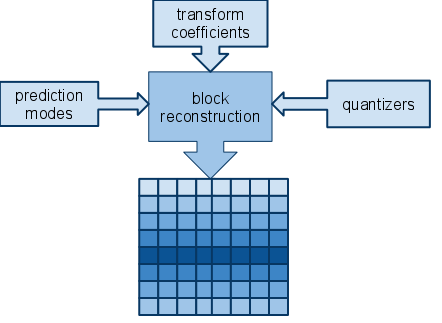I picked up a used copy of game called Gemz — a rather flagrant Bejeweled clone — for a game console called Game Wave Family Entertainment System. Heard of it? Neither had I. But the game media is optical, so I had to get it and study it.

When mounted in Linux (as UDF), the disc is reported to contain 2.8 GB of data, so it has to be a DVD. 810 MB of that is dedicated to the movies/ directory. Multimedia format? Just plain, boring MPEG files (very YouTube-friendly– here’s the opening animation). Deeper digging reveals some more subdirectories called movies/ that, combined, occupy the lion’s share of the disc space. Additionally, there are several single-frame .m2v files in a directory called iframes/ which are used to encode things like load screens.

There are more interesting data files including .zbm files for images and fonts, and .zwf files for audio. I suspect that these stand for zipped bitmap and zipped wave file, respectively. They can’t be directly unzipped with ‘gunzip’. Some of the numbers at the start of some files lead me to believe they can be easily decompressed with standard zlib facilities.
Based on the binary files on the Gemz disc, I couldn’t find any data on what CPU this system might use. A little Googling led me to this page at the Video Game Console Library which pegs the brain as a Mediamatics 6811. Some searching for that leads me to a long-discontinued line of hardware from National Semiconductor.
The Console Library page also mentions that the games were developed using the Lua programming language. Indeed, there are many Lua-related strings in the game’s binaries (‘zlib’ also makes an appearance).





